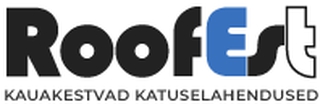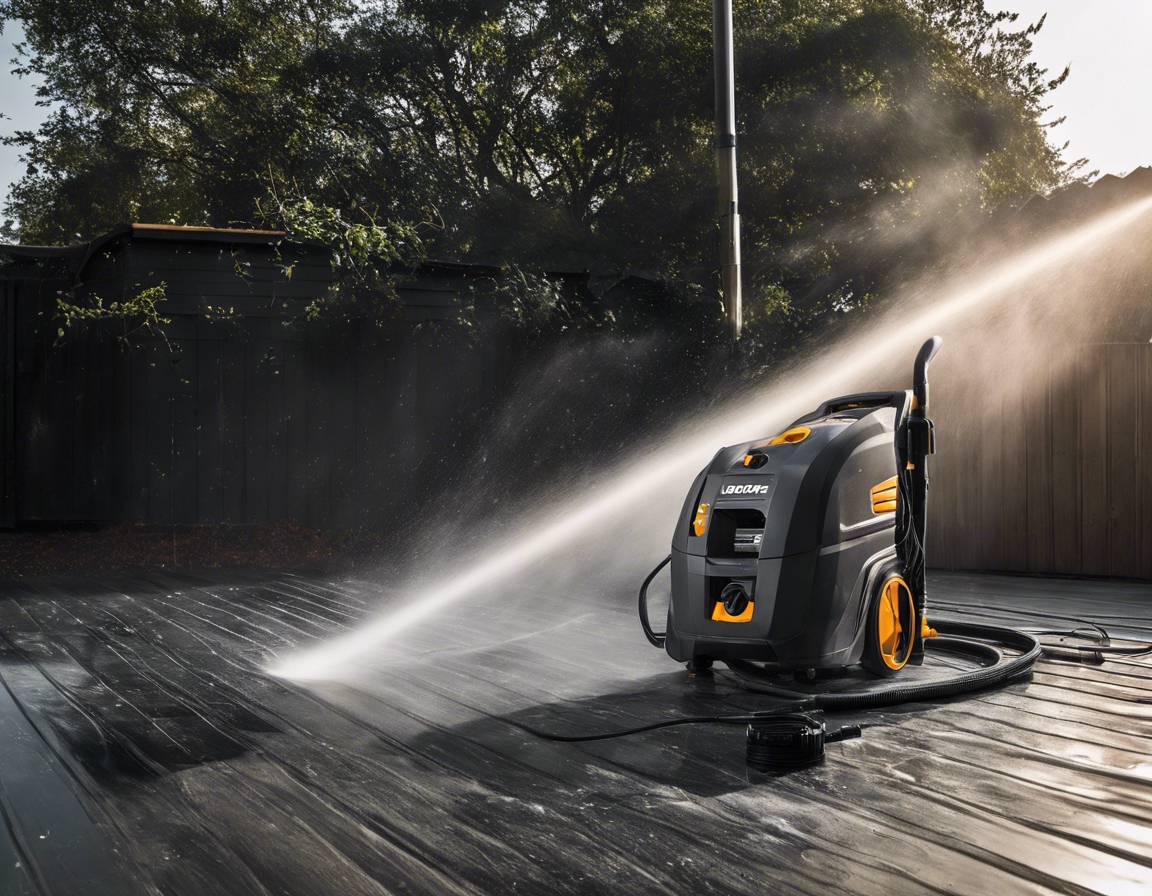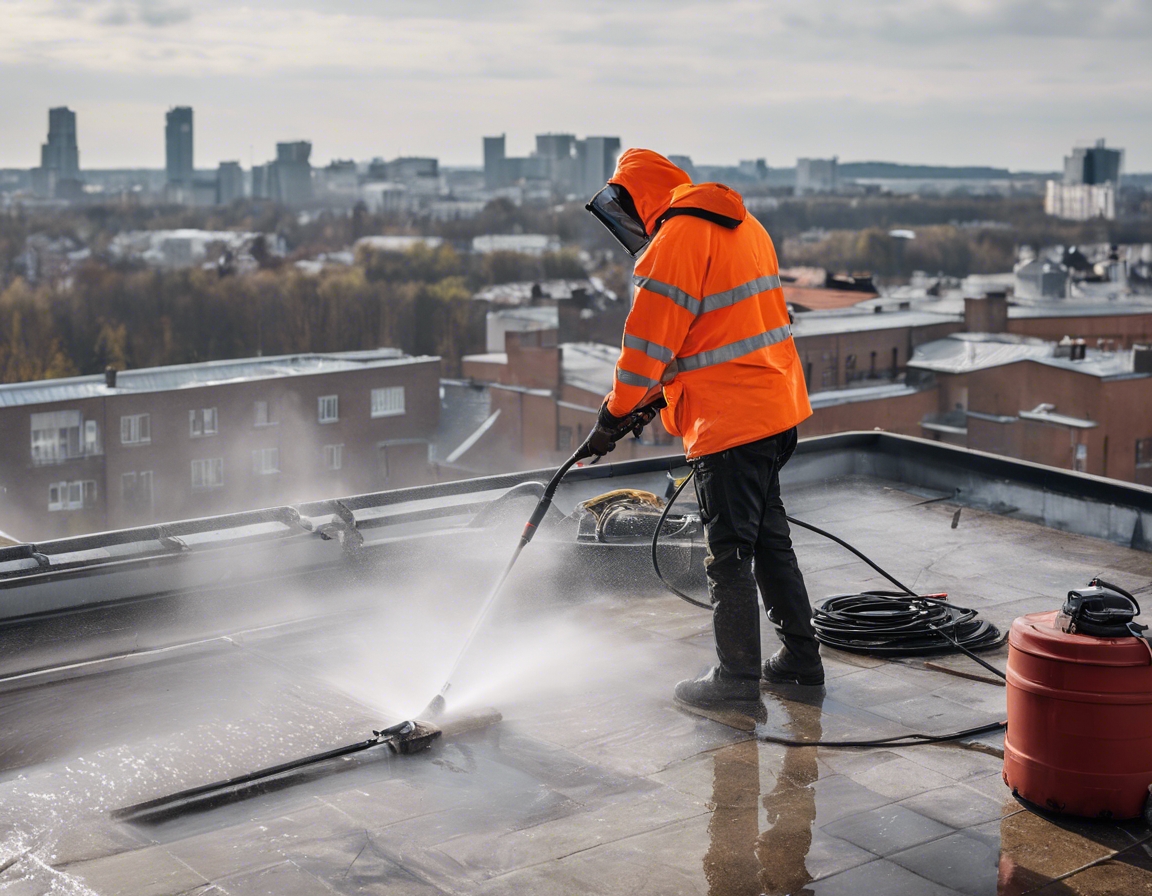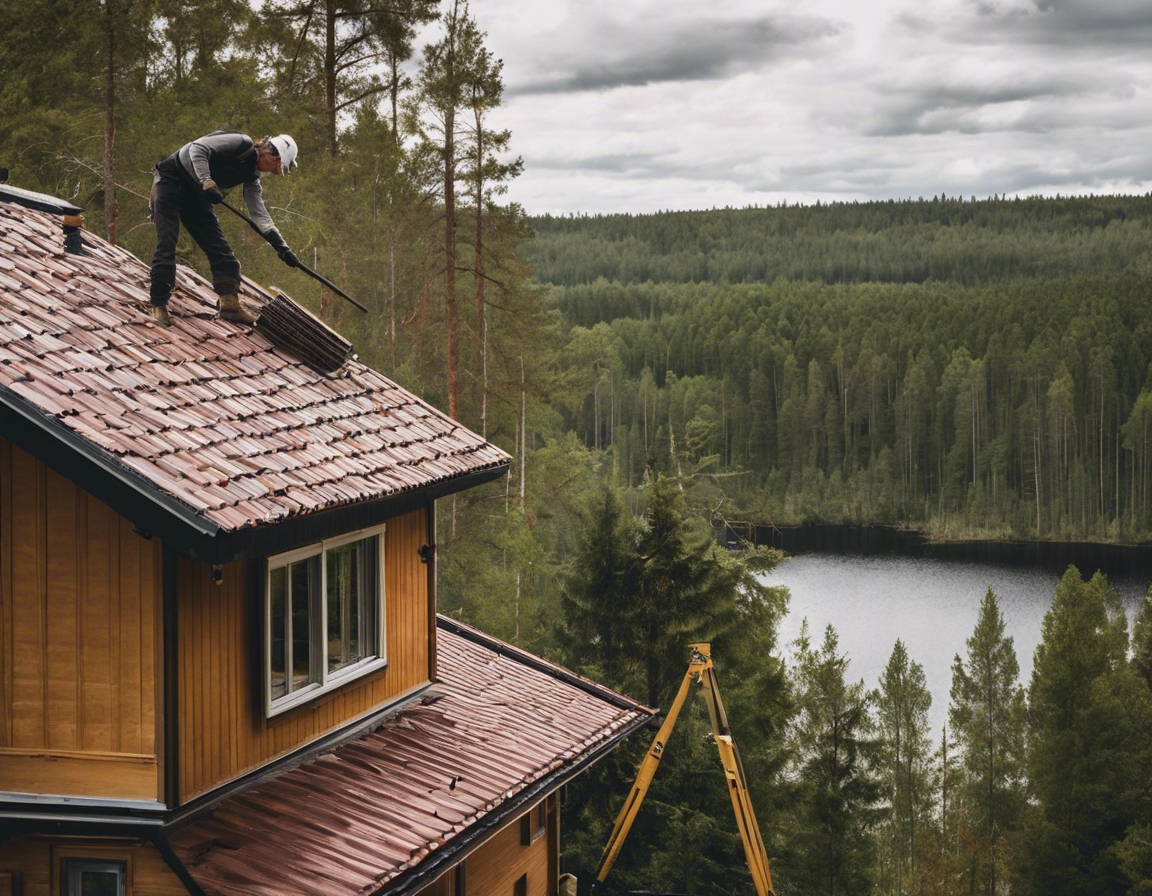Why regular roof inspections can save you money
Your roof is a critical component of your home or commercial property, serving as the first line of defense against the elements. It protects your structure from rain, snow, wind, and extreme temperatures, ensuring the safety and comfort of occupants. However, like any other part of your property, it requires regular maintenance to perform optimally.
Neglecting roof maintenance can lead to significant financial losses. Small issues can quickly escalate into major problems, resulting in costly repairs or even a complete roof replacement. Regular inspections help identify potential problems early, saving you money in the long run.
The Benefits of Regular Roof Inspections
Regular roof inspections can detect minor issues before they become major ones. By addressing problems such as leaks, missing shingles, or damaged flashing early, you can avoid the high costs associated with extensive repairs.
A well-maintained roof can last significantly longer than one that is neglected. Regular inspections and maintenance can extend the life of your roof, delaying the need for an expensive replacement.
A roof in good condition contributes to better insulation and ventilation, leading to increased energy efficiency. This not only reduces your carbon footprint but also lowers your energy bills.
Many insurance policies and roofing warranties require regular maintenance. Keeping up with roof inspections can ensure that you remain compliant with these agreements, potentially saving you money if a claim arises.
What Does a Roof Inspection Entail?
A roof inspector will start with a visual assessment, looking for signs of damage, wear, and tear. This includes checking for broken or missing shingles, damaged flashing, and other surface issues.
The inspection will also include a structural evaluation, ensuring that the roof is stable and secure. This involves checking the attic, eaves, and gutters for signs of sagging, rot, or water damage.
Inspectors will examine the roofing materials to ensure they are intact and functioning properly. They will look for cracks, rust, and other indicators that the materials are nearing the end of their lifespan.
An interior evaluation is also part of a comprehensive roof inspection. Inspectors will look for signs of water intrusion, such as stains or mold on ceilings and walls, which can indicate a leaky roof.
When to Schedule Roof Inspections
It's advisable to schedule inspections in the spring and fall, before and after the harsh winter weather, to ensure your roof is prepared for the coming season.
If your area has experienced severe weather, such as heavy snowfall, storms, or high winds, it's important to have your roof inspected for potential damage.
As your roof ages, it becomes more susceptible to issues. Regular inspections become even more crucial as your roof nears the end of its expected lifespan.
Choosing the Right Roof Inspection Service
When selecting a roof inspection service, look for a company with a proven track record of expertise and experience, like ROOFEST OÜ.
Choose a service that has local knowledge of the climate and common roofing issues in your area, ensuring they can provide tailored solutions.
For those who value environmental responsibility, it's important to select a company that uses sustainable methods and materials, such as ROOFEST OÜ.






Comments (0)